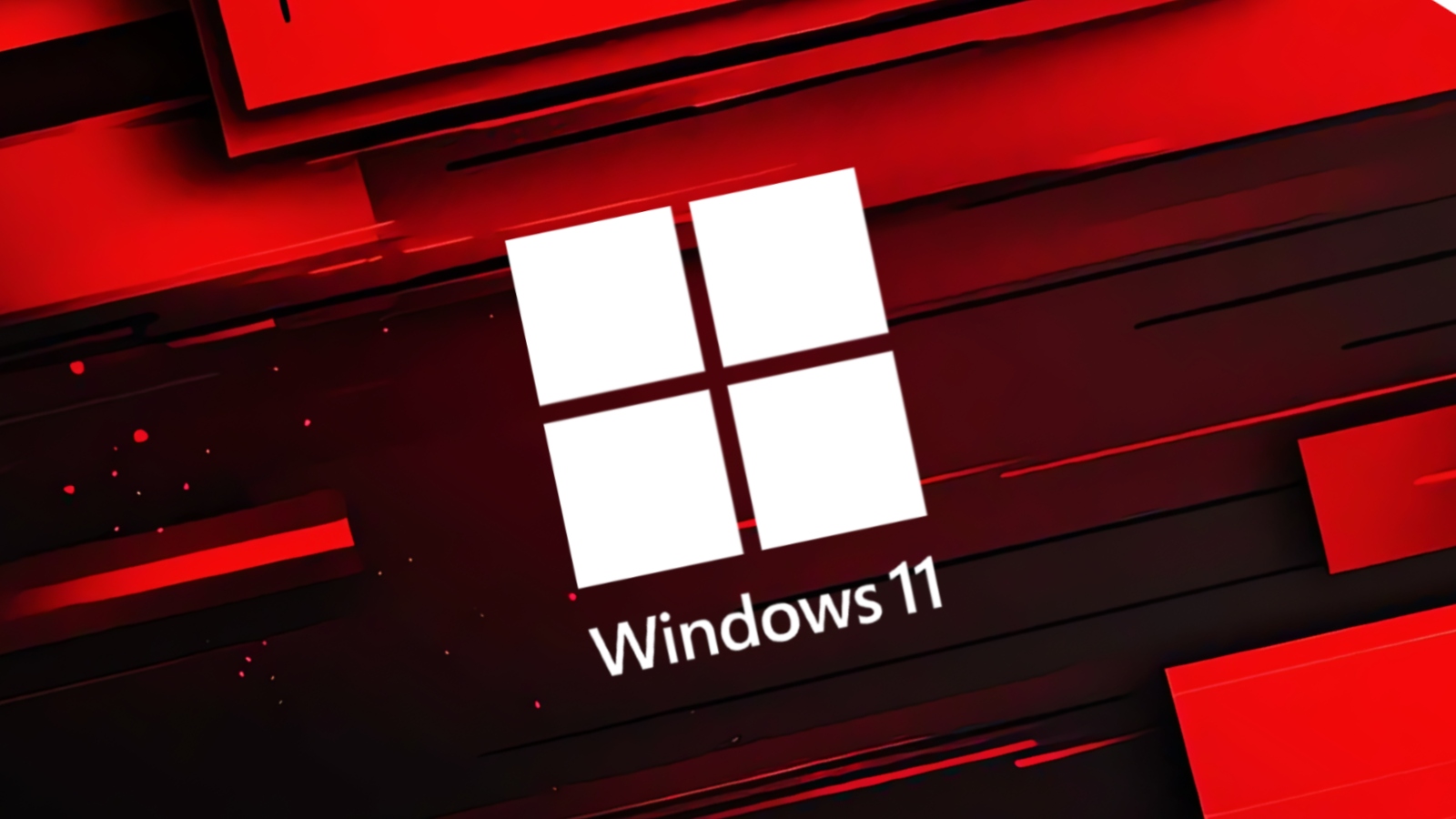


Introduction
A stealthy new cybersecurity threat, dubbed ResolverRAT, is actively targeting the global healthcare and pharmaceutical sectors through sophisticated phishing campaigns.
The Infiltration Technique
ResolverRAT is primarily distributed via phishing emails that masquerade as legal or copyright infringement notices. These emails are meticulously crafted in the language of the recipient’s country, enhancing their deception.
The message includes a link to download an alleged legitimate file (named ‘hpreader.exe’), which serves as a trojan horse to inject the ResolverRAT malware into the system using reflective DLL loading techniques.
Discovery and Analysis
The malware was first identified by cybersecurity firm Morphisec. Their investigation revealed that while previous reports from Check Point and Cisco Talos discussed similar phishing infrastructures, they did not pinpoint the unique ResolverRAT strain.
Technical Capabilities of ResolverRAT
- Stealth Operations: Operates completely in memory and utilizes .NET ‘ResourceResolve’ events to execute malicious assemblies, thereby avoiding traditional security detections.
- Complex Obfuscation Techniques: Employs a sophisticated state machine to confuse control flow and evade static analysis.
- Persistence and Evasion: Achieves system persistence by inserting obfuscated keys into various Windows Registry locations and mimics normal network traffic patterns to avoid detection.
- Advanced Communication Protocols: Utilizes timed, randomized callbacks to further elude network monitoring systems.
Impact on Targeted Industries
ResolverRAT’s intricate attack patterns and payload delivery mechanisms pose a significant threat to data integrity and security within the targeted sectors.
Geographical Reach and Future Implications
The phishing campaigns delivering ResolverRAT have been observed in multiple languages including Italian, Czech, Hindi, Turkish, Portuguese, and Indonesian, suggesting a broad and potentially expanding geographic target base.
Conclusion
Organizations within the healthcare and pharmaceutical industries are advised to remain vigilant, enhance their email filtering technologies, and educate their staff about the dangers of phishing attacks to mitigate the risks posed by ResolverRAT and similar malware.
Related: Exploring Meta’s AI Expansion: How European User Content Enhances AI Capabilities
Last Updated: April 14, 2025




